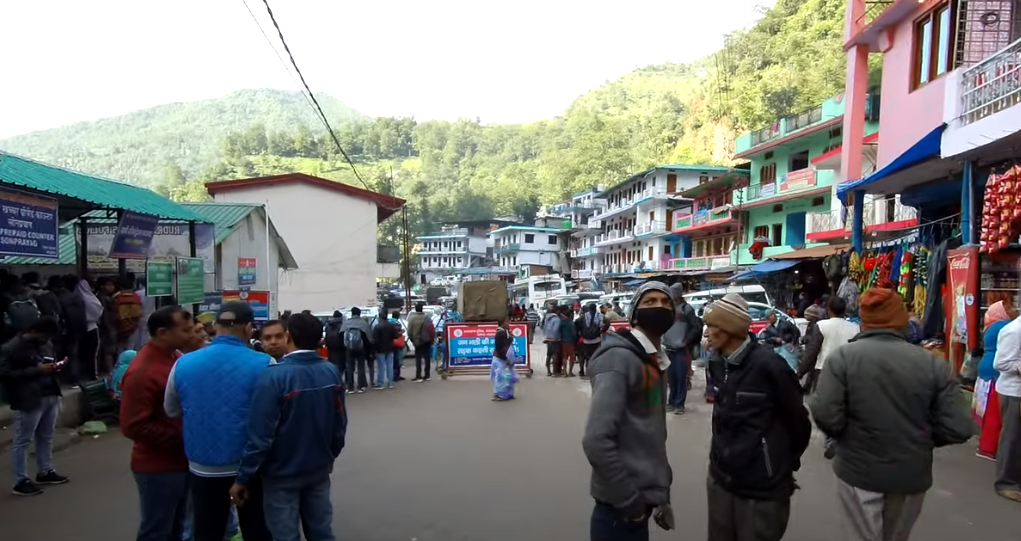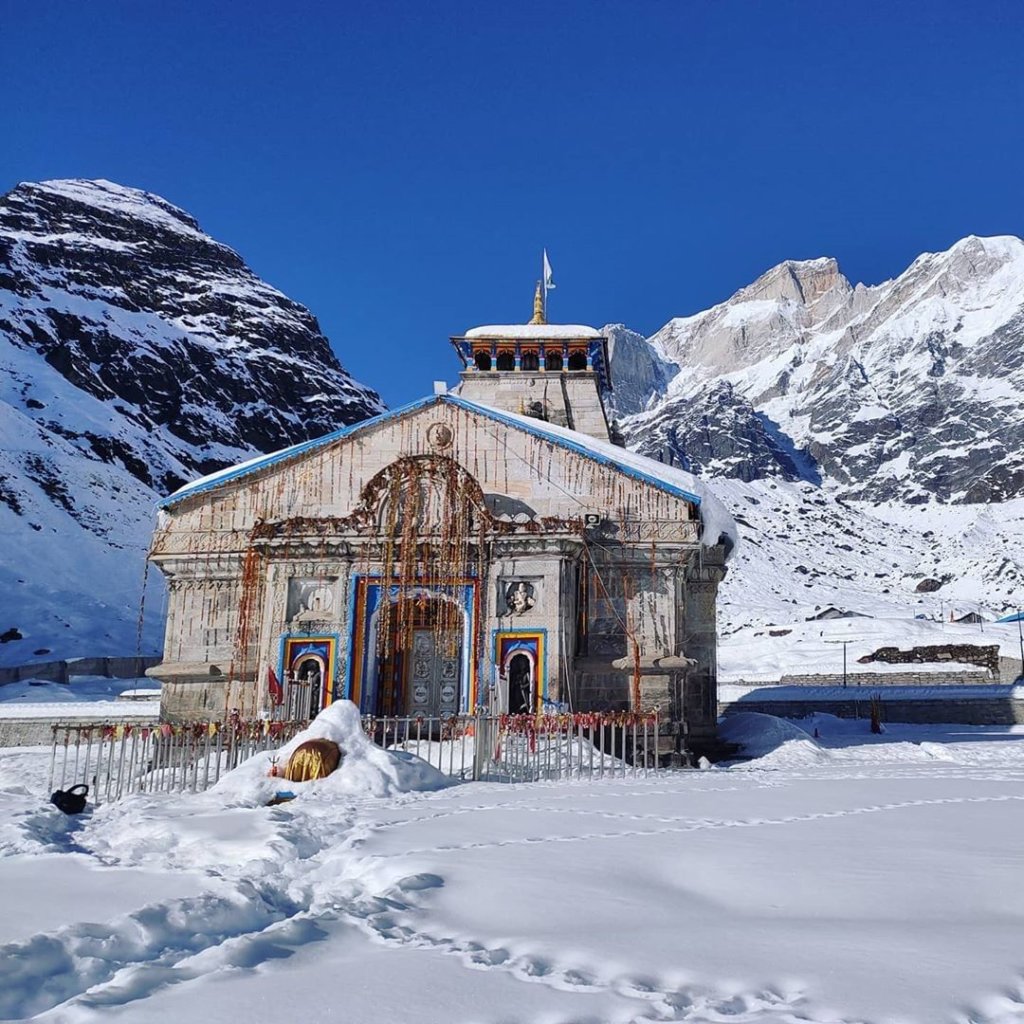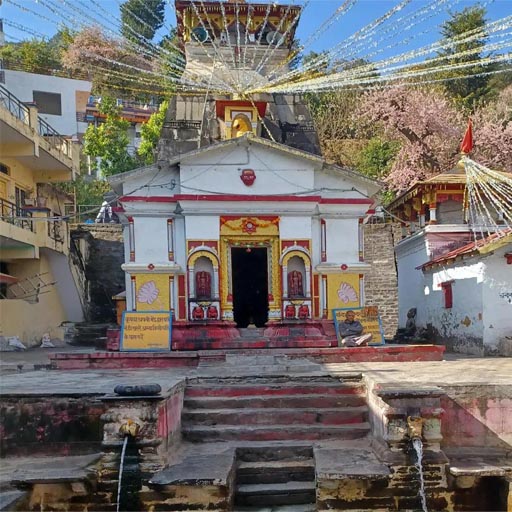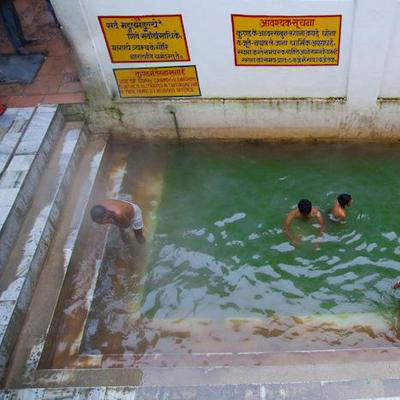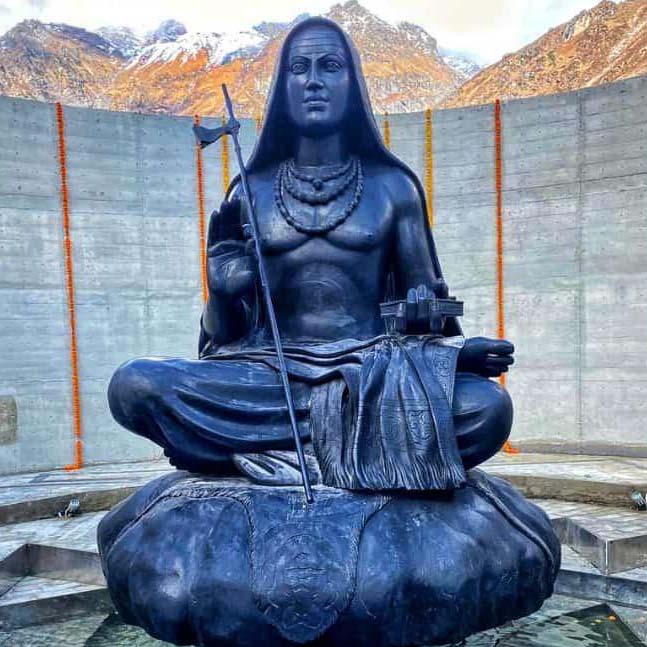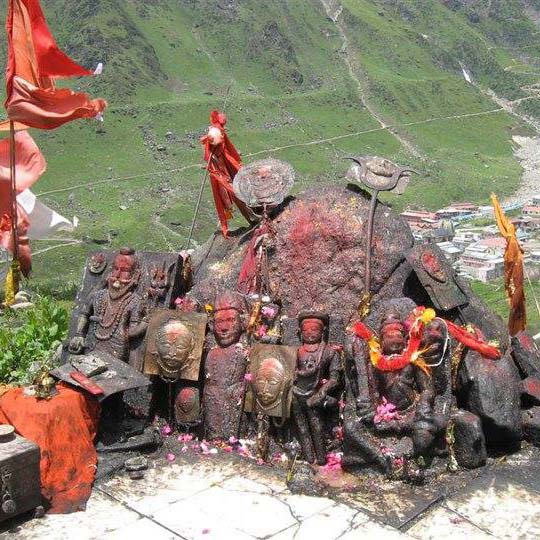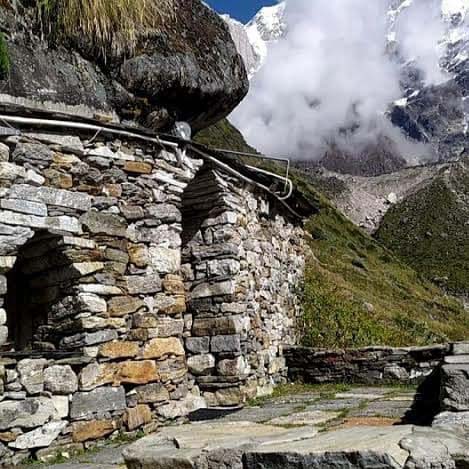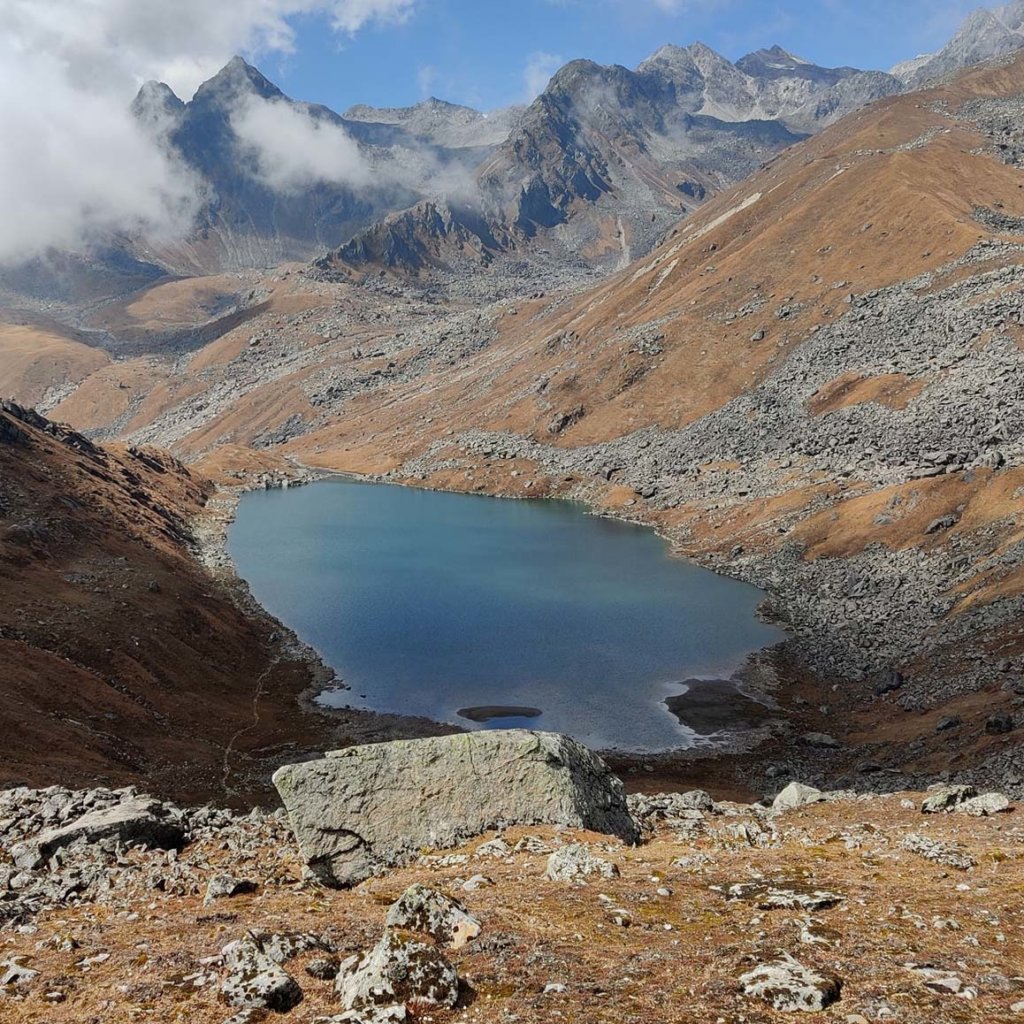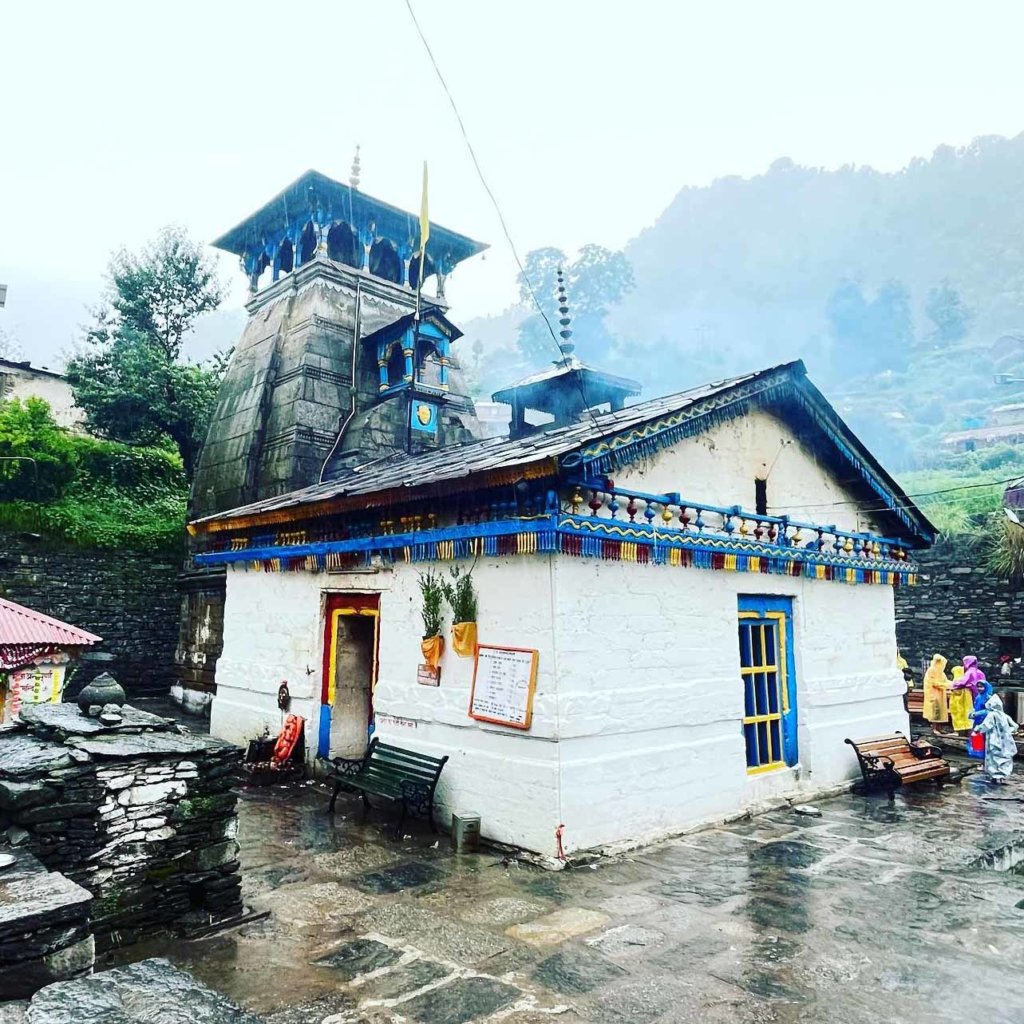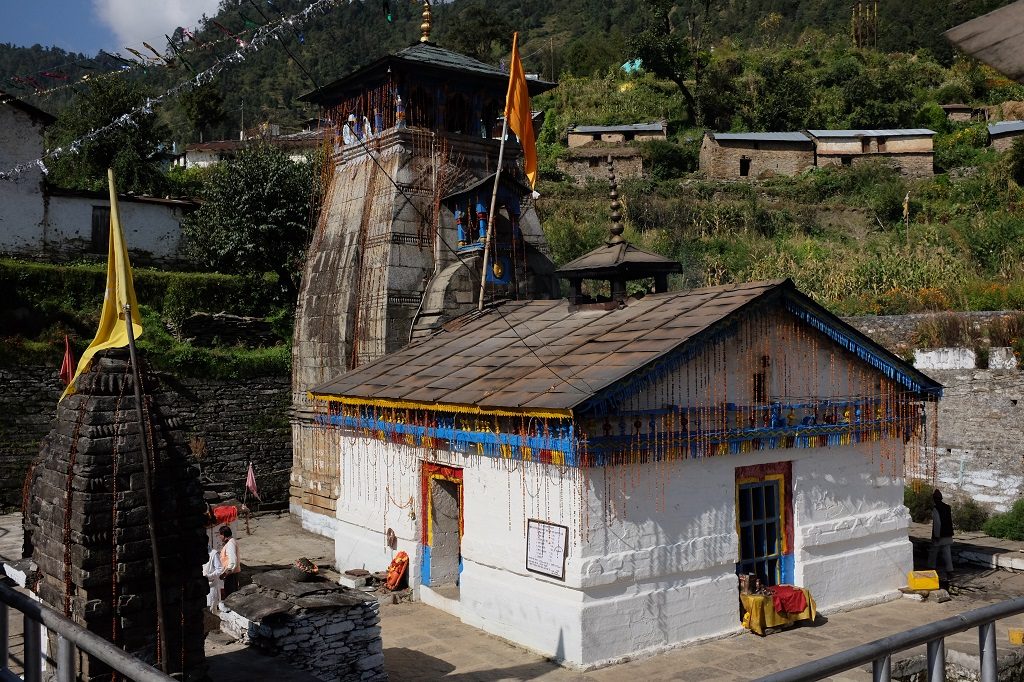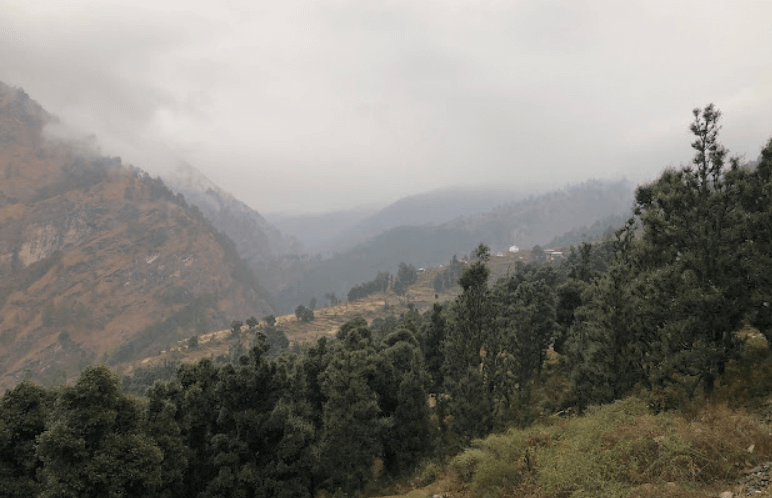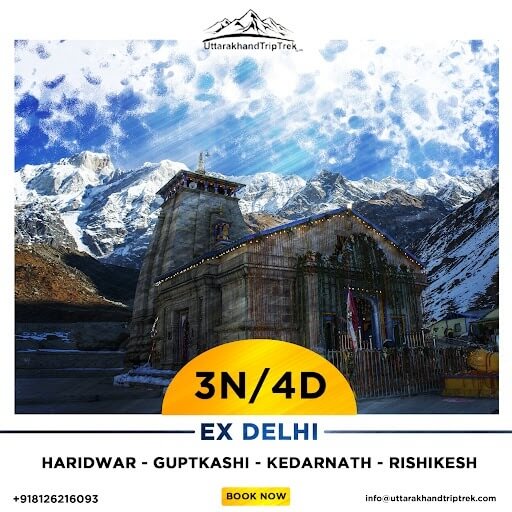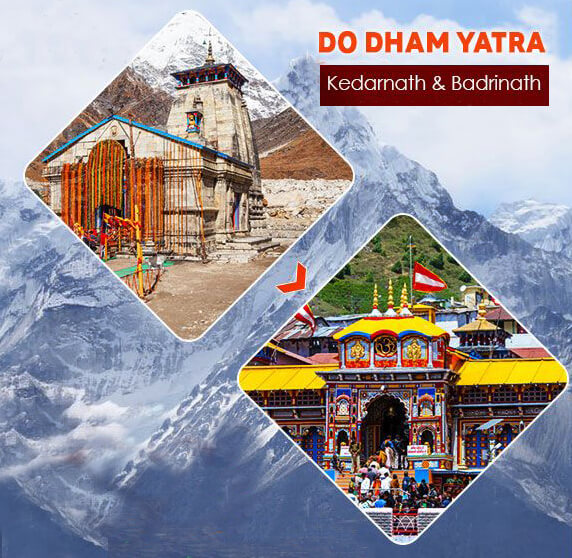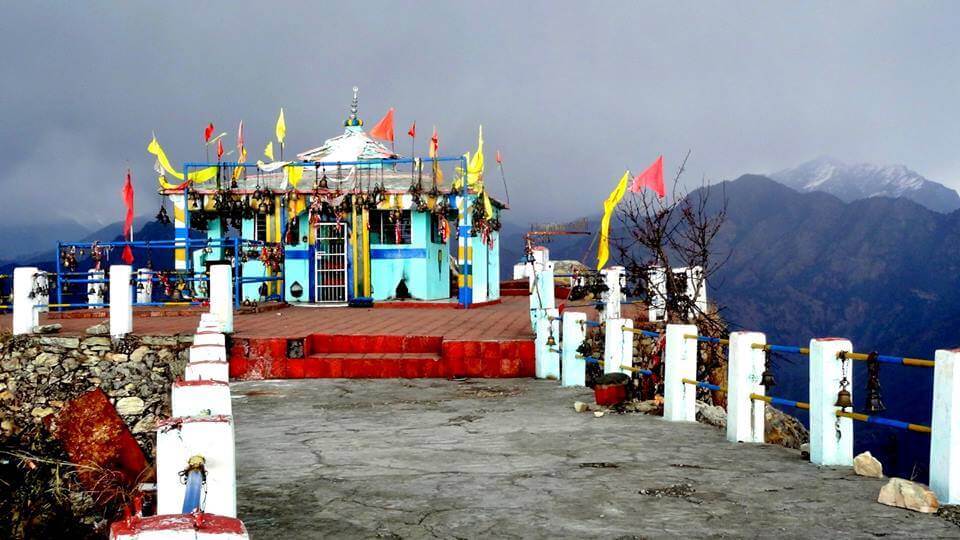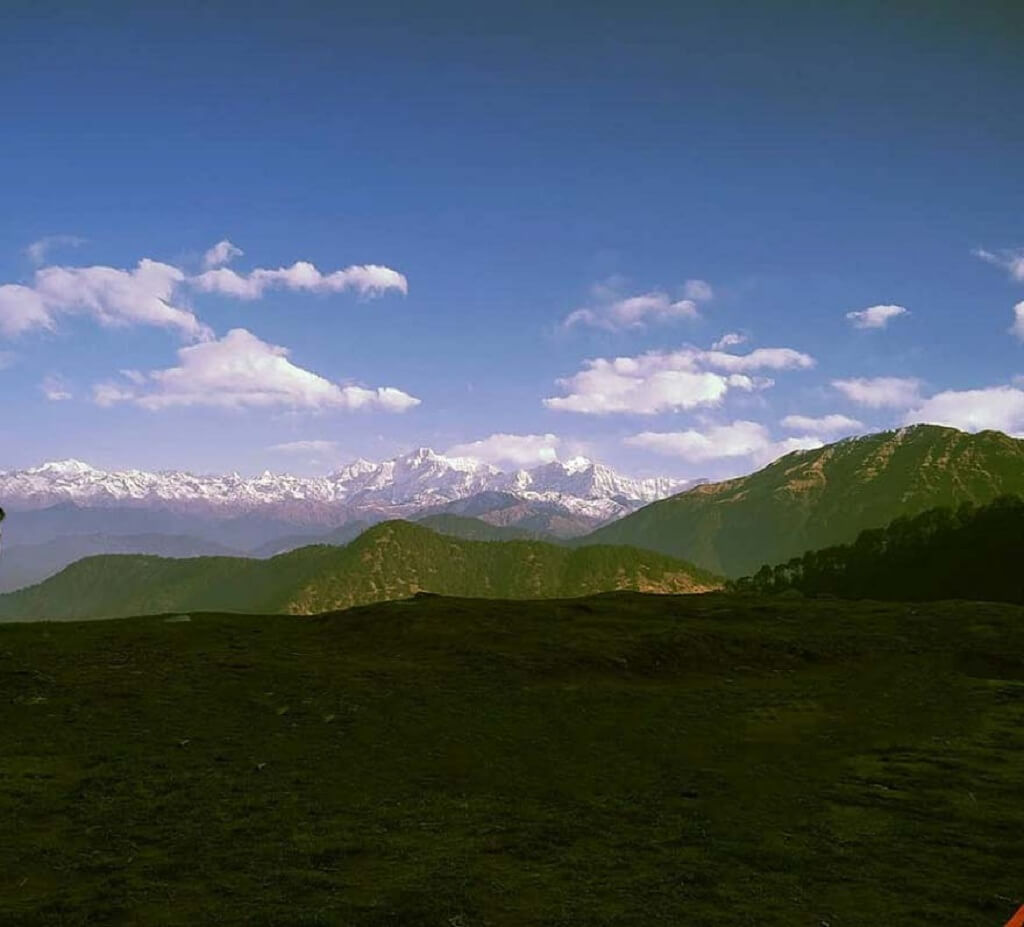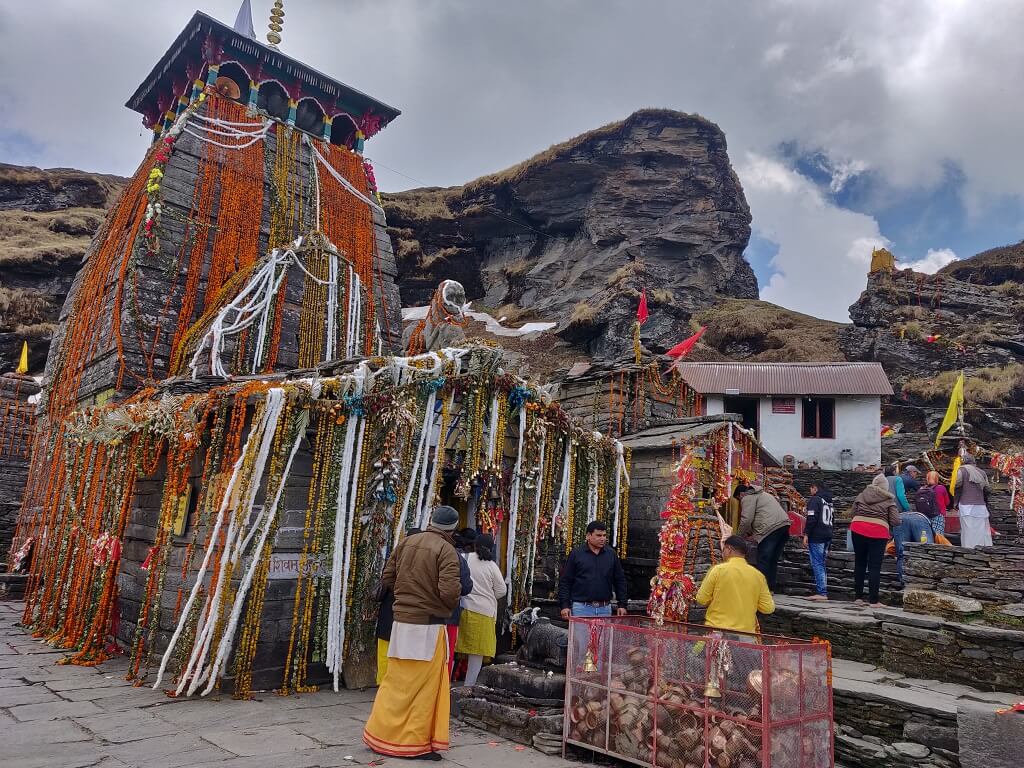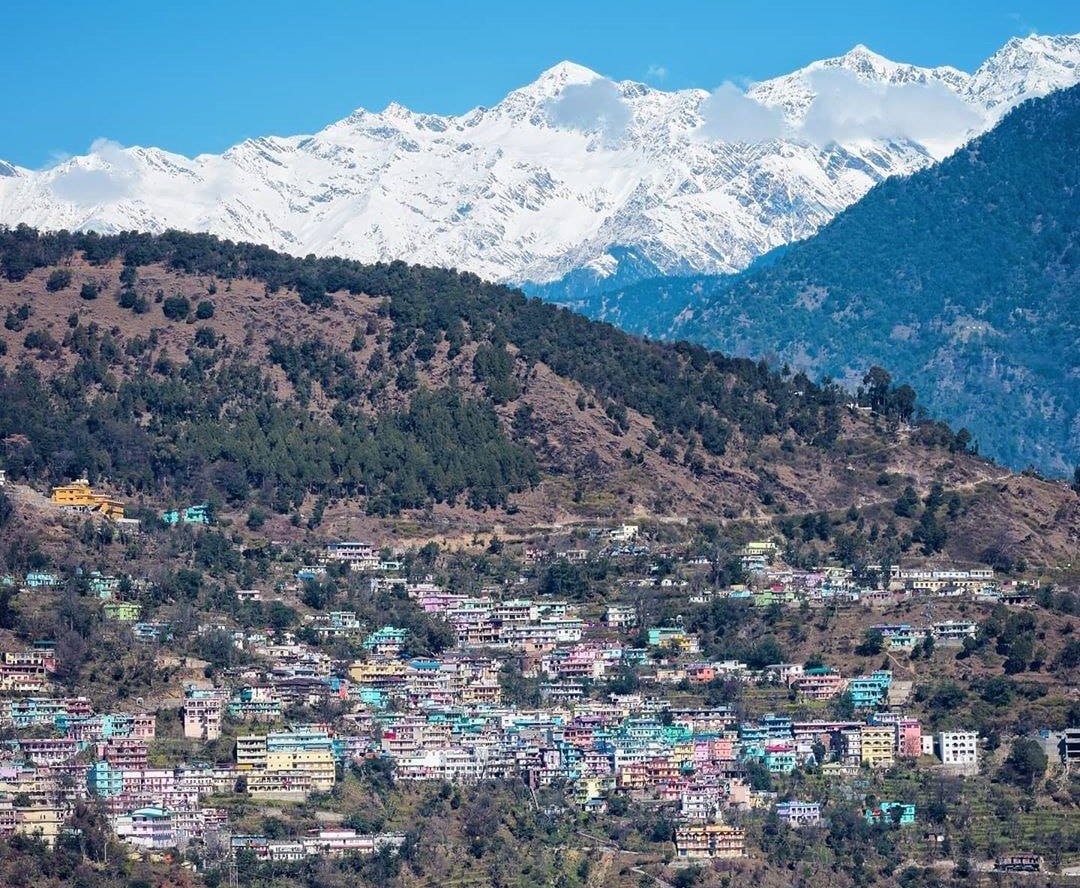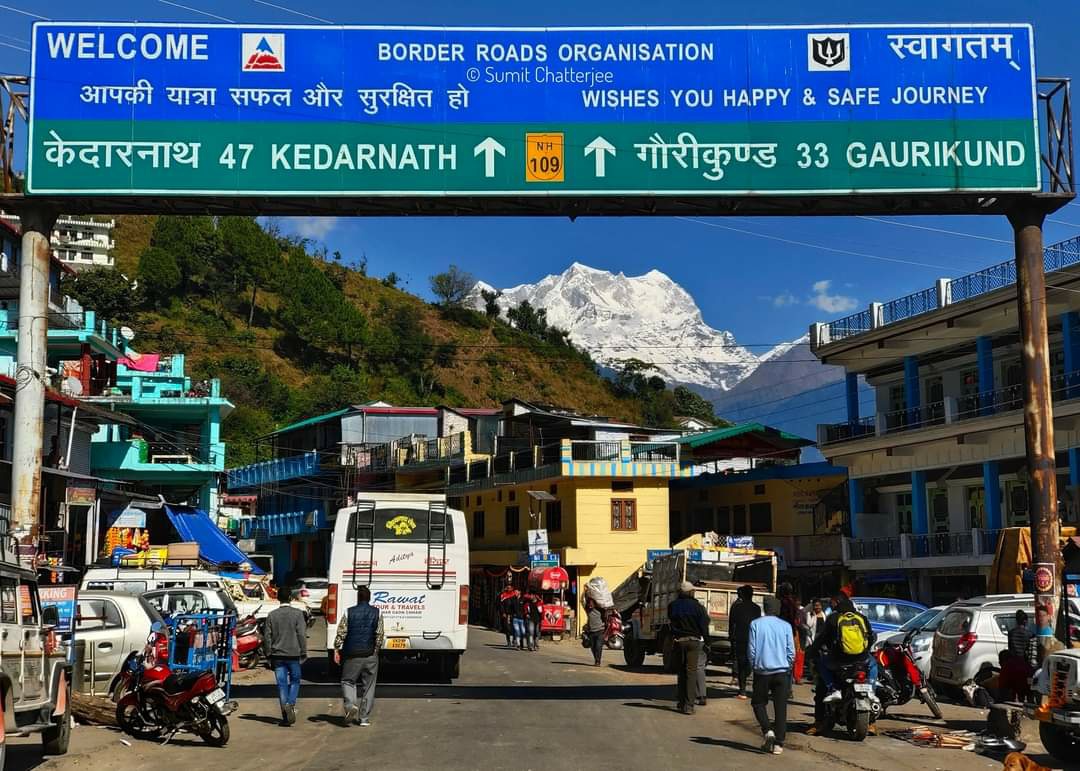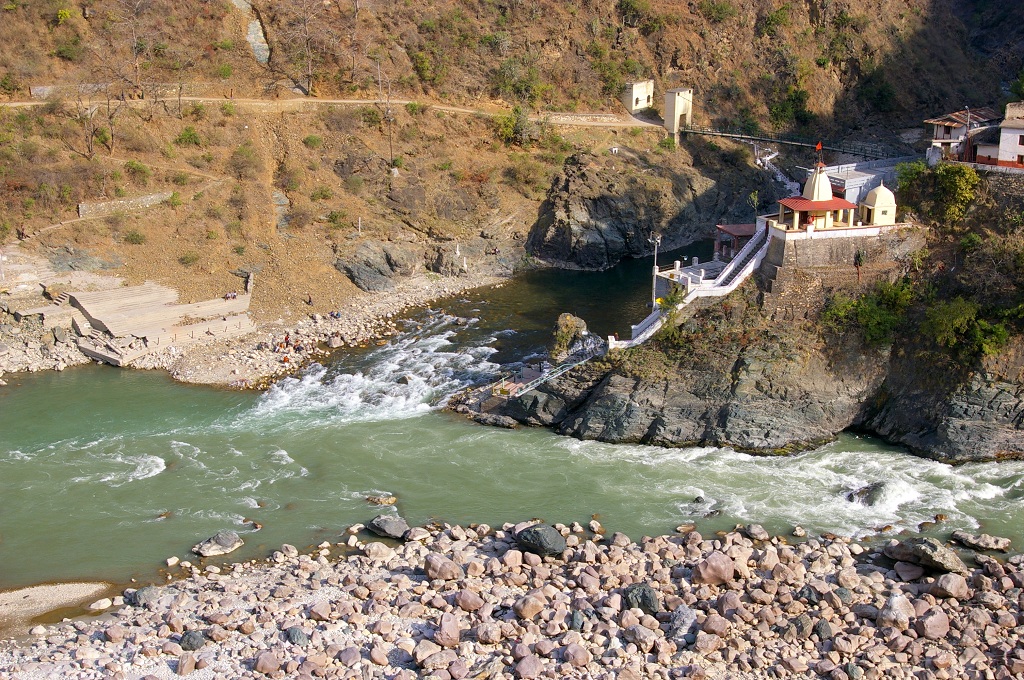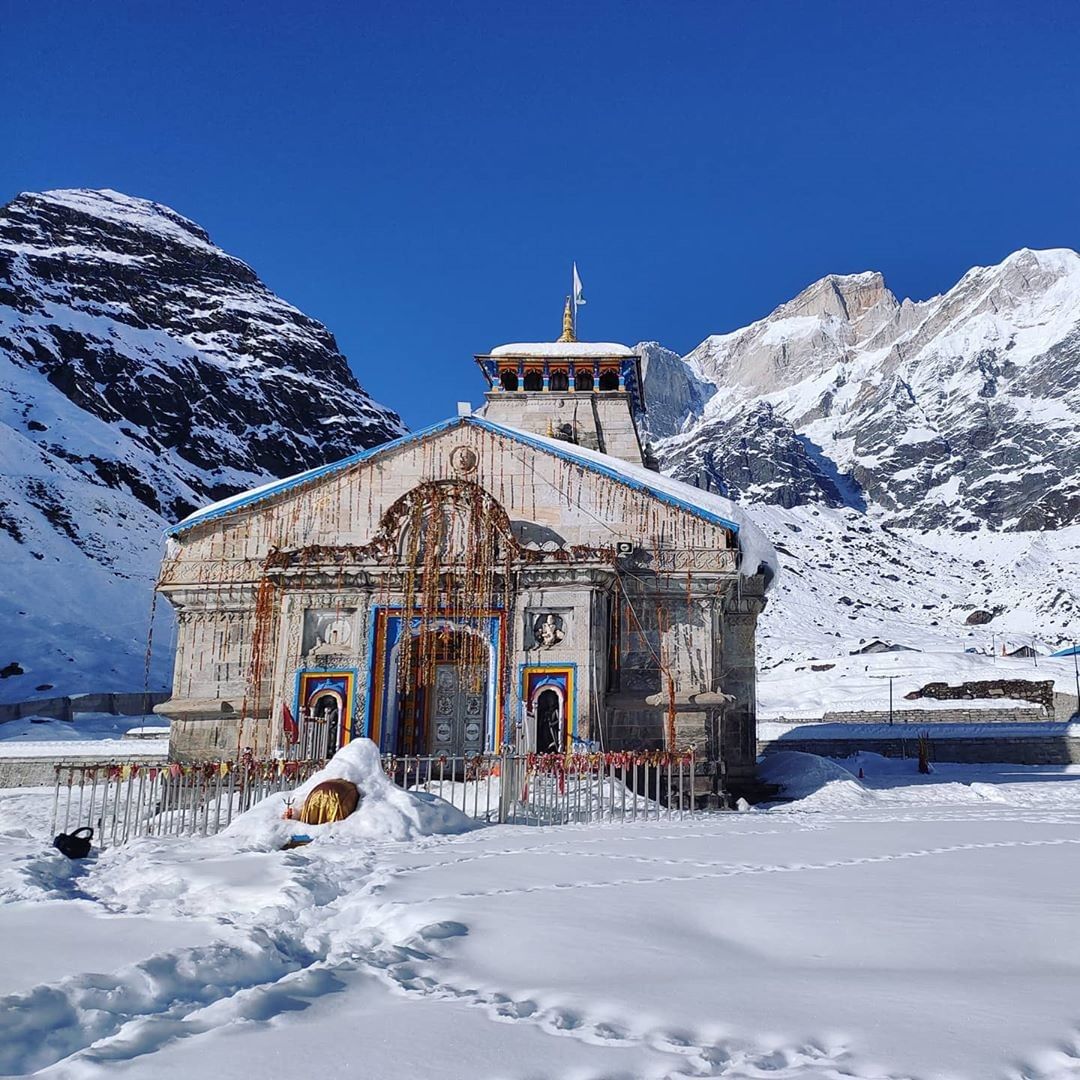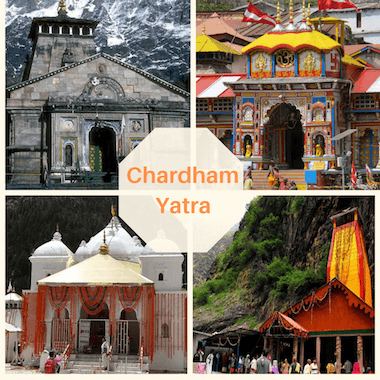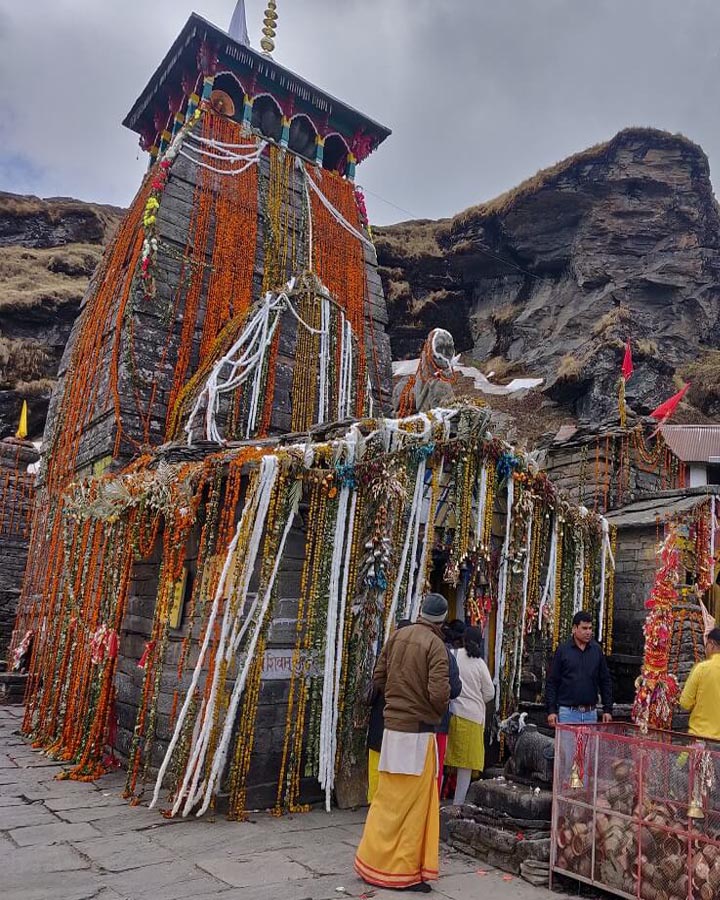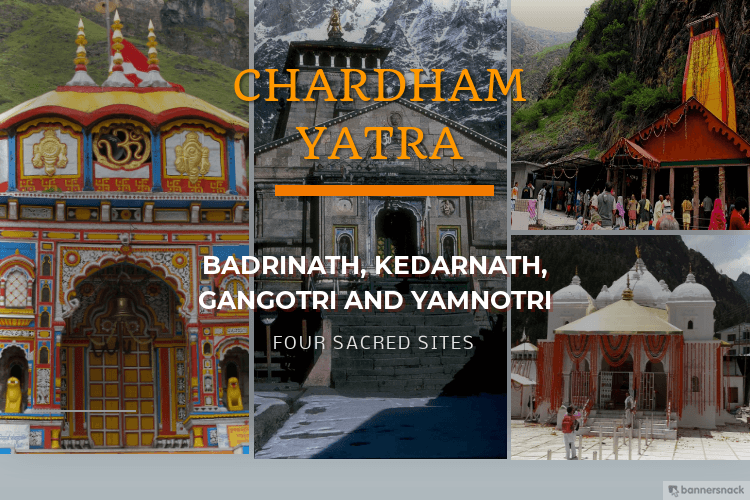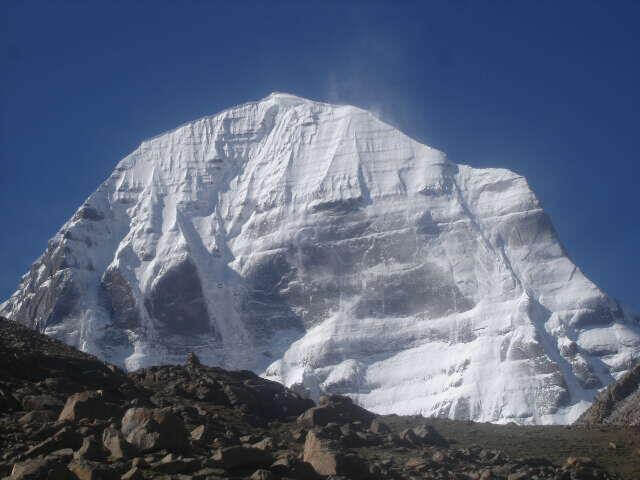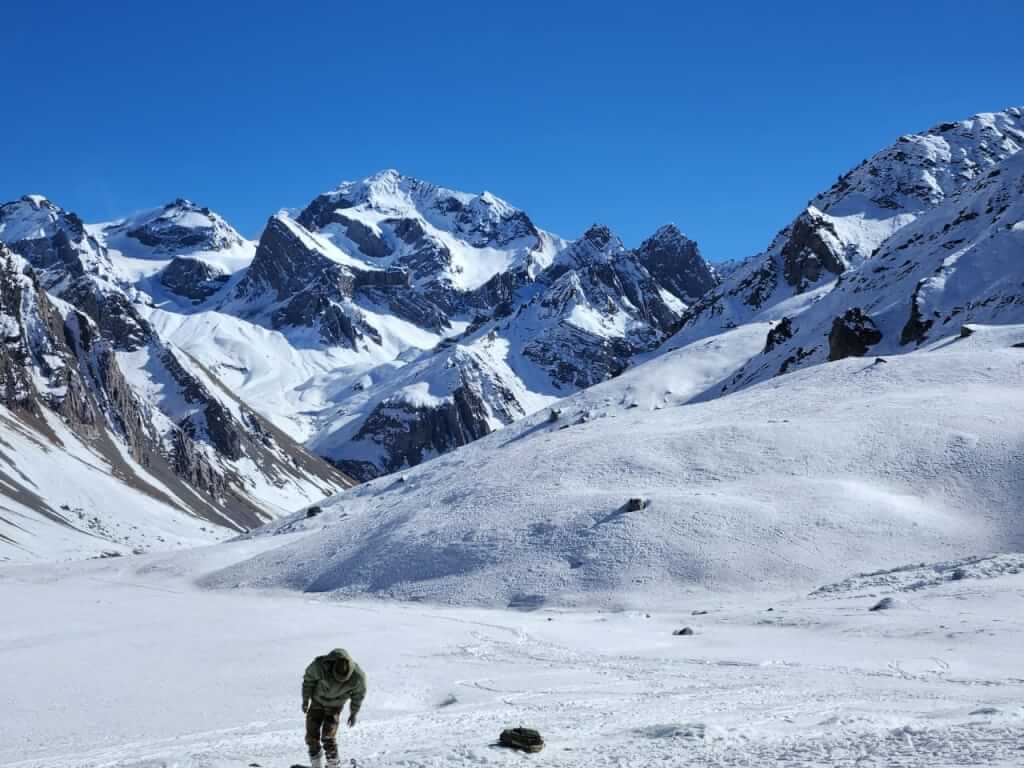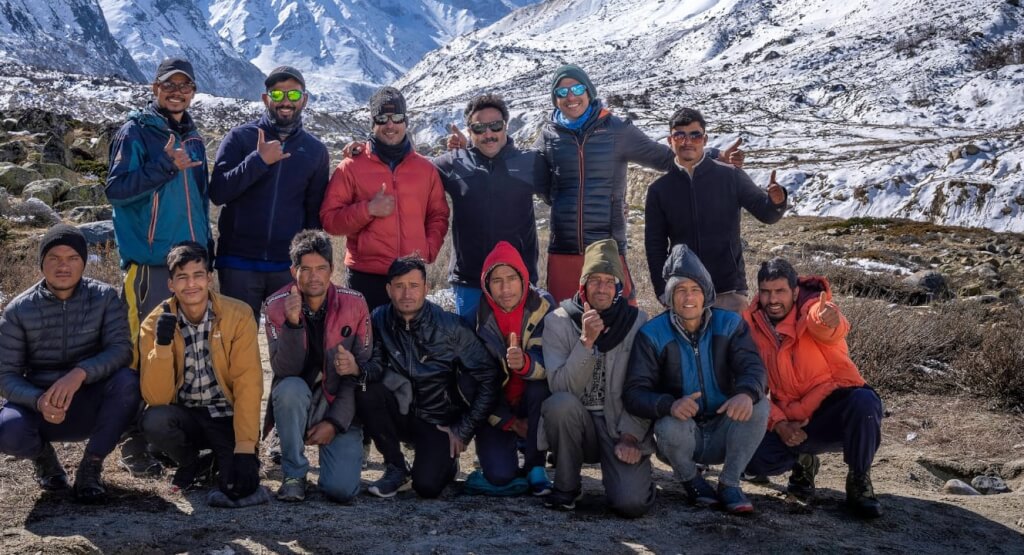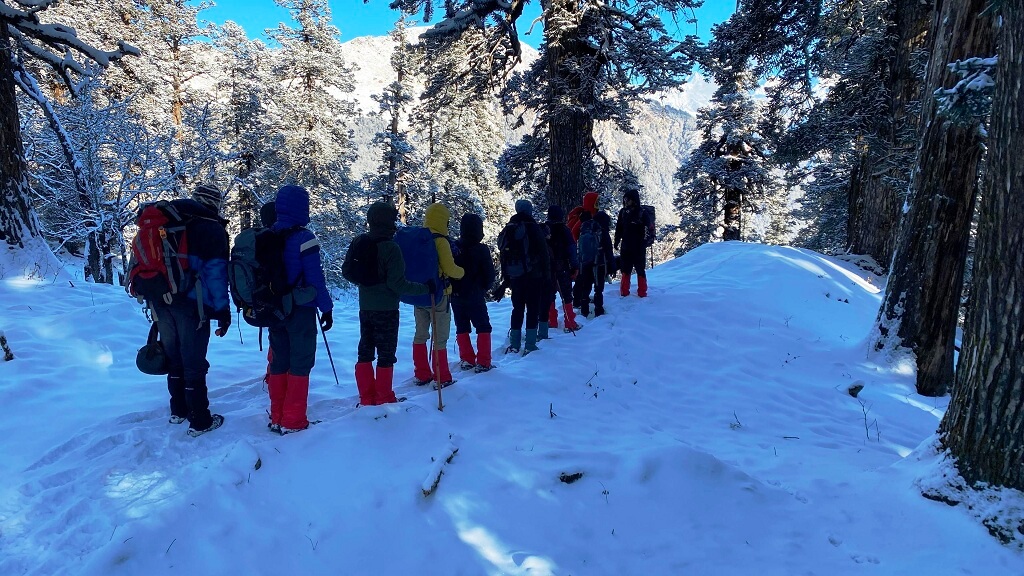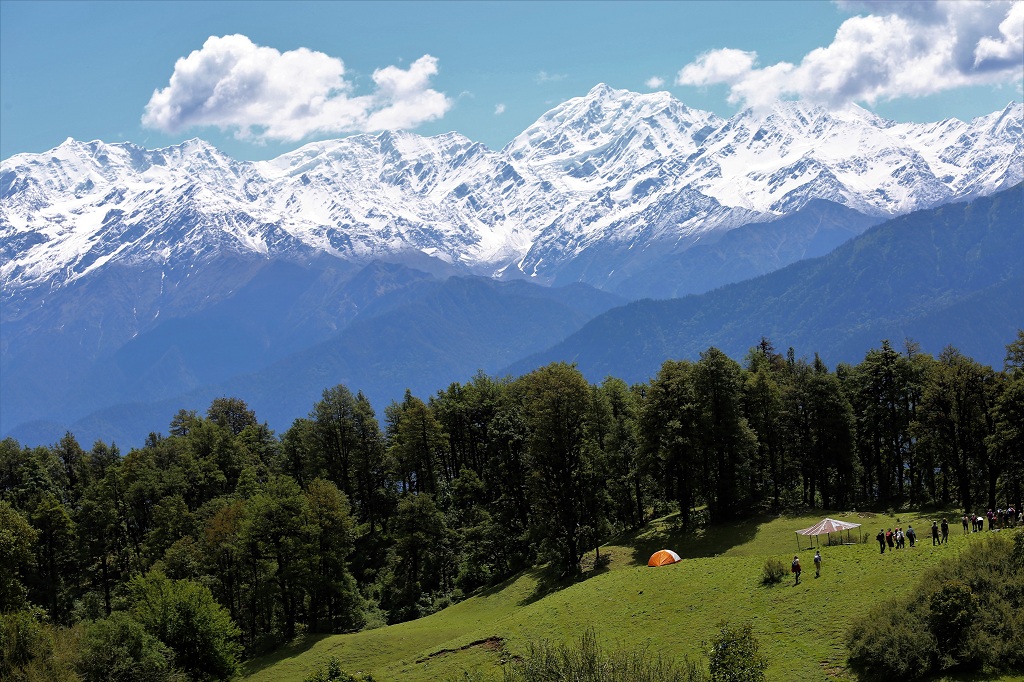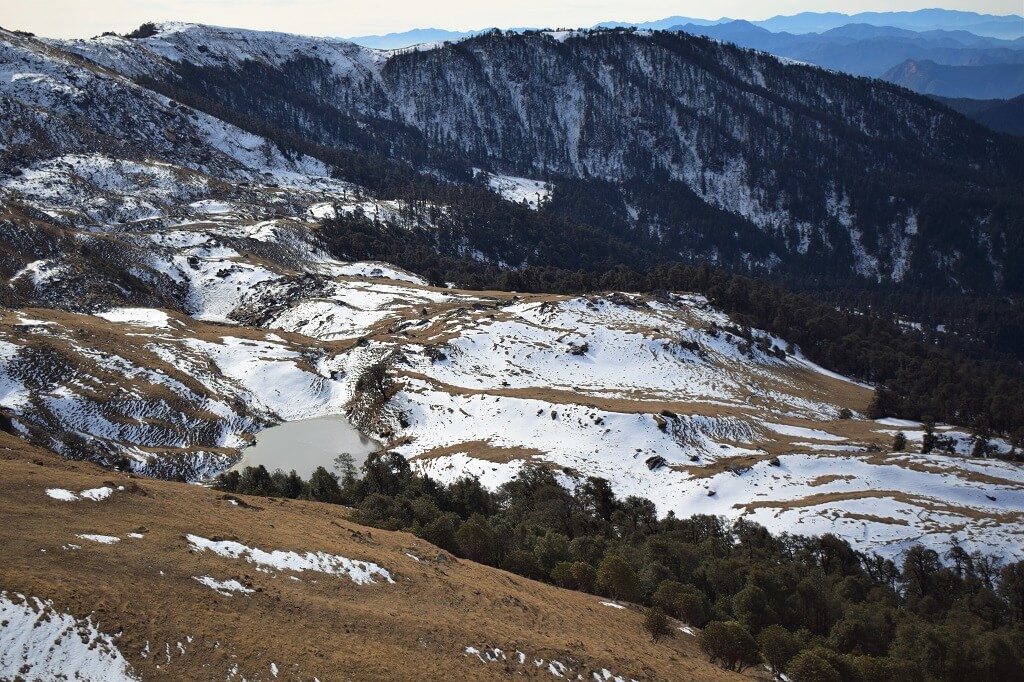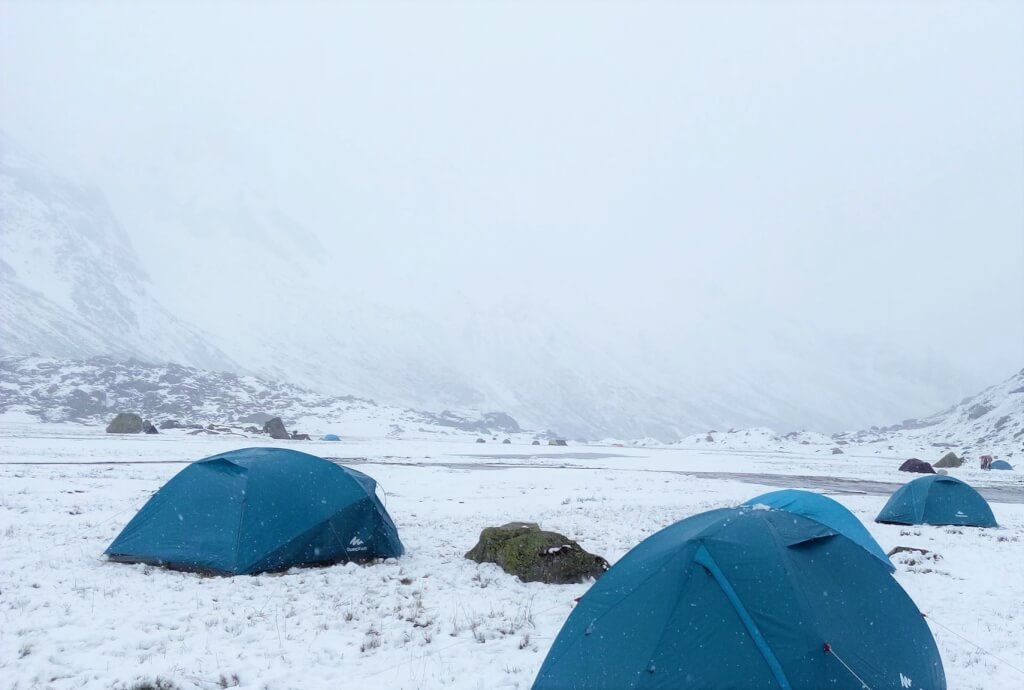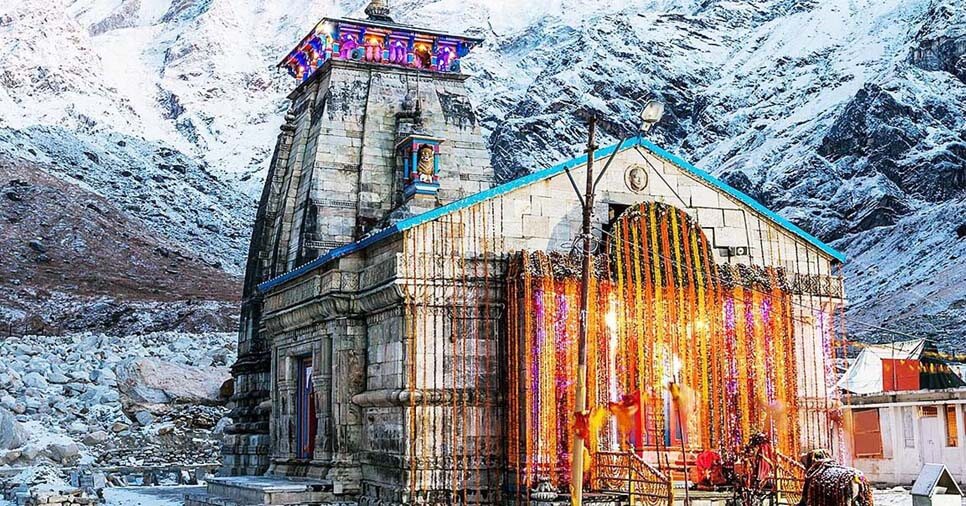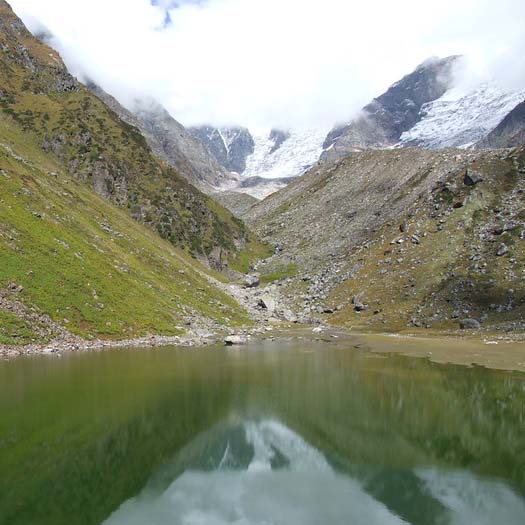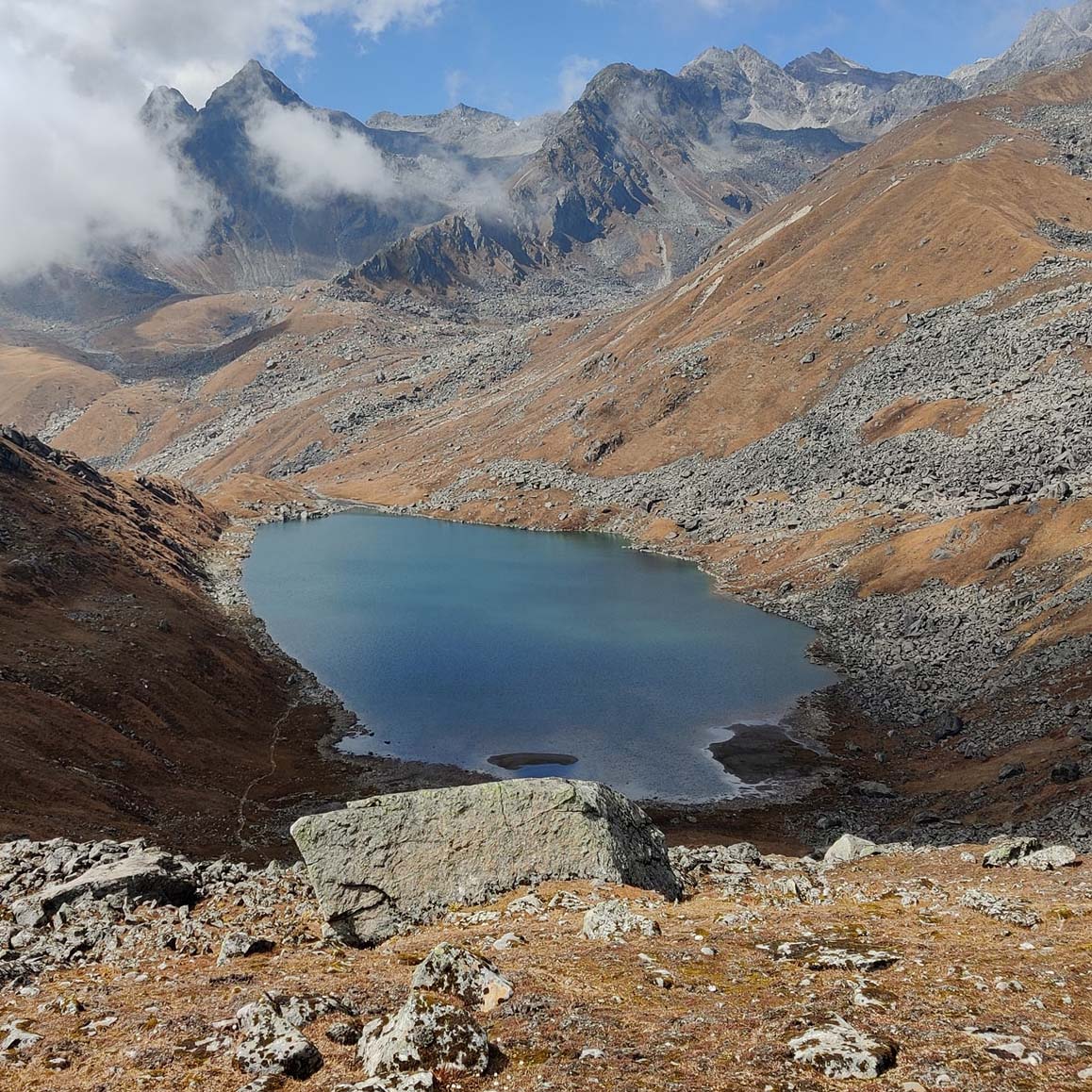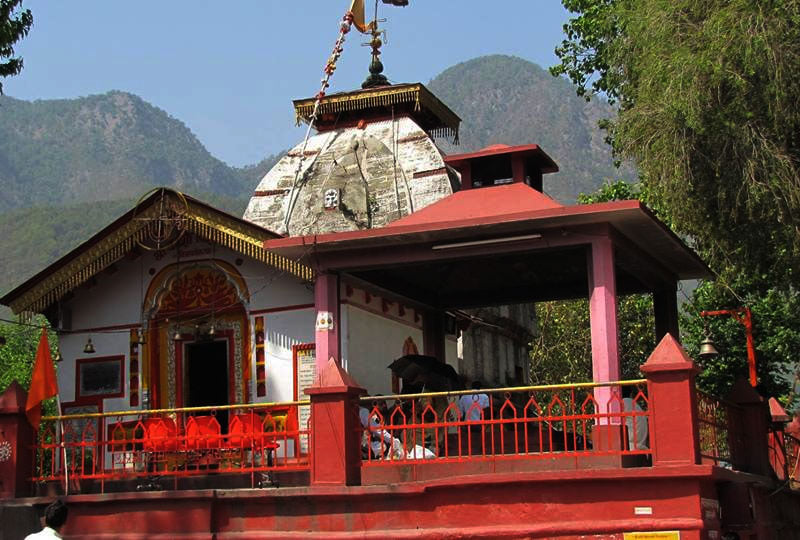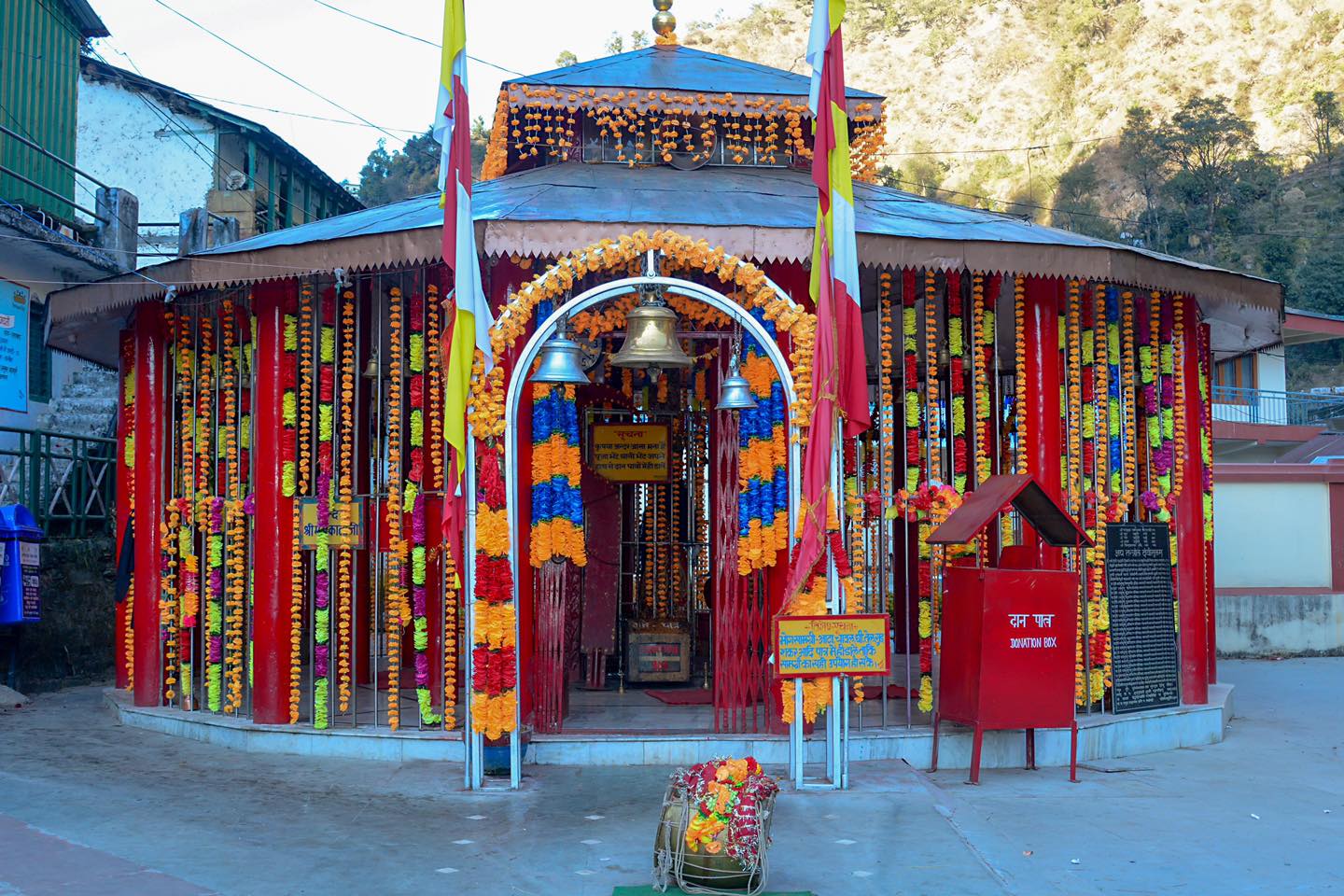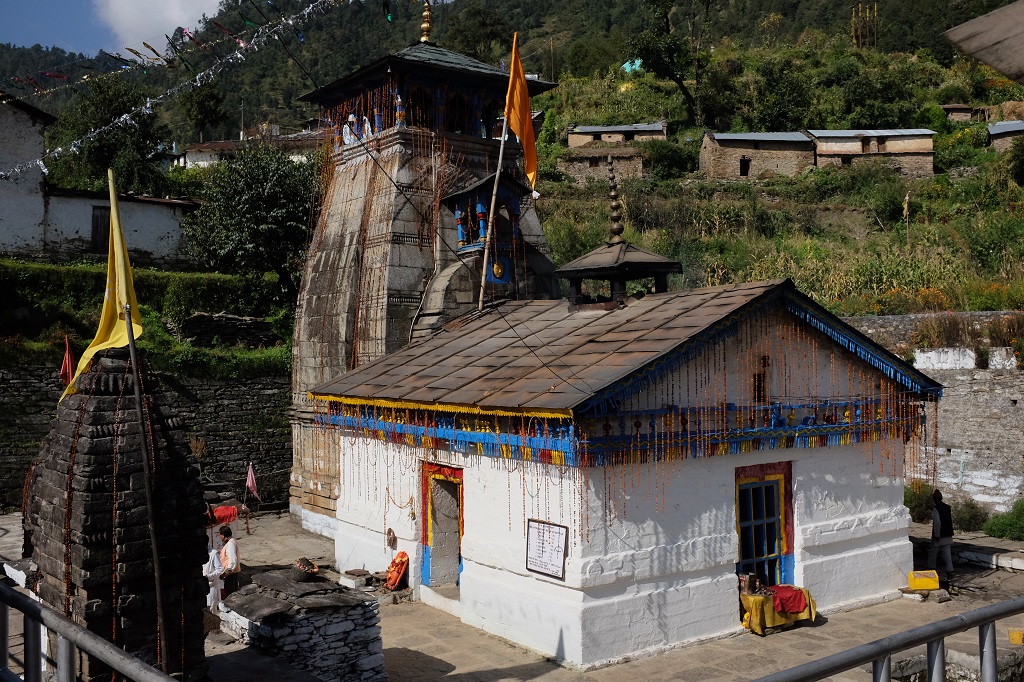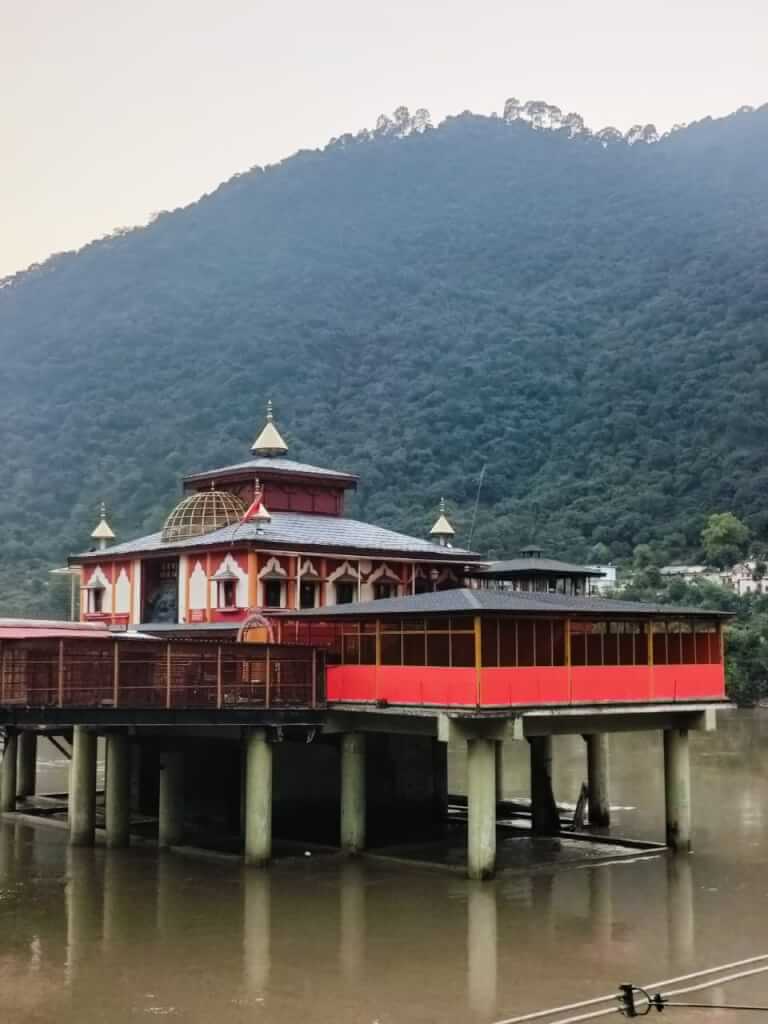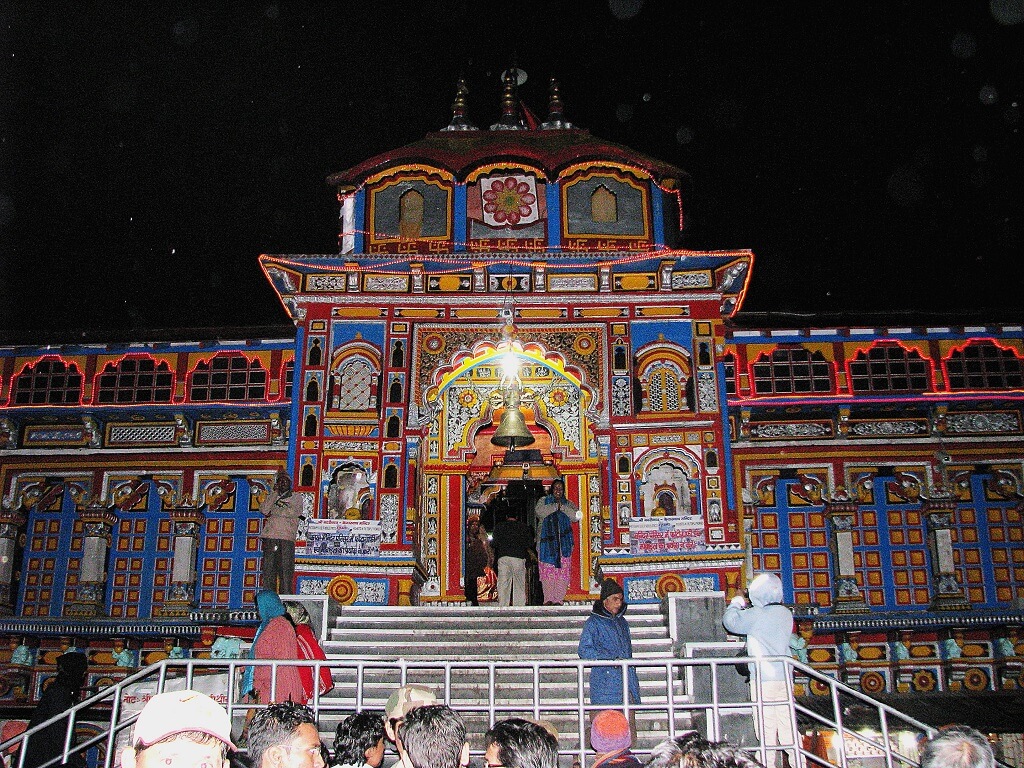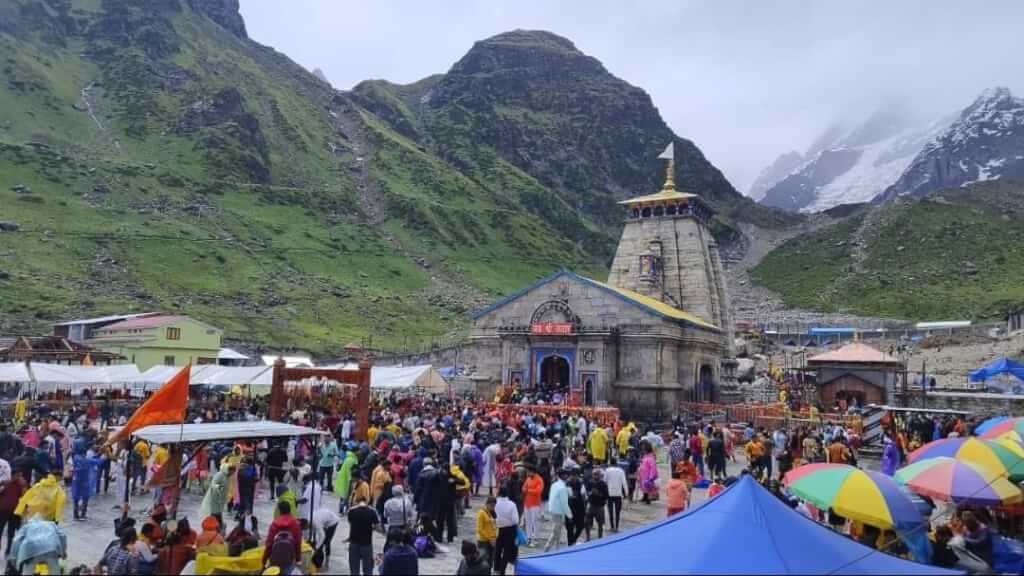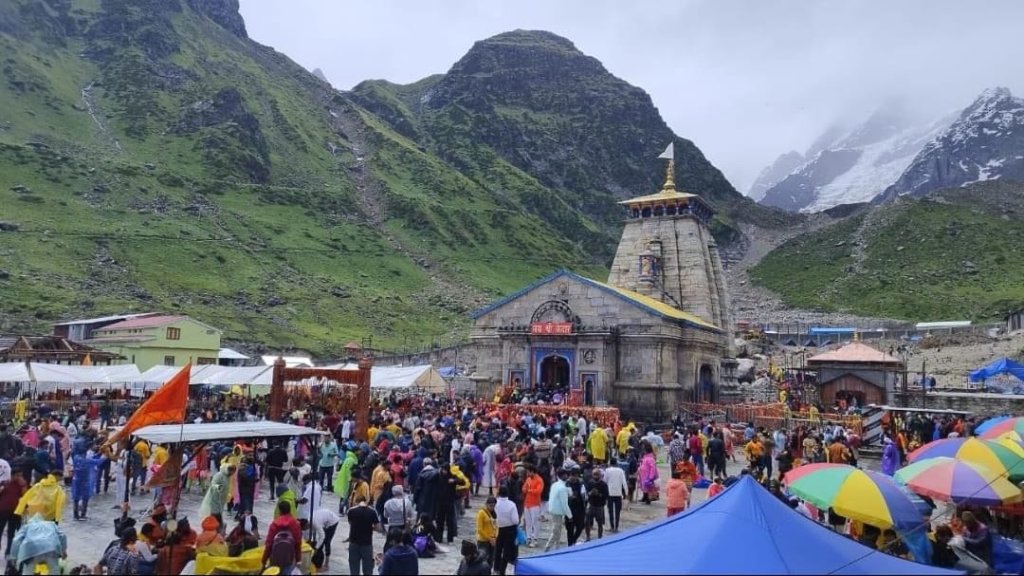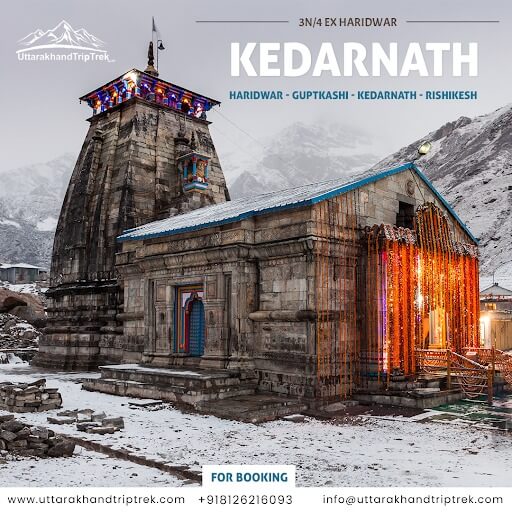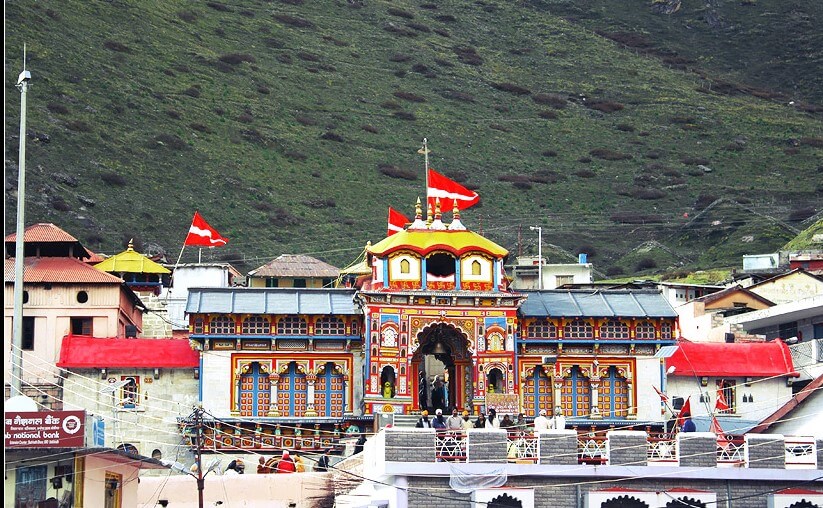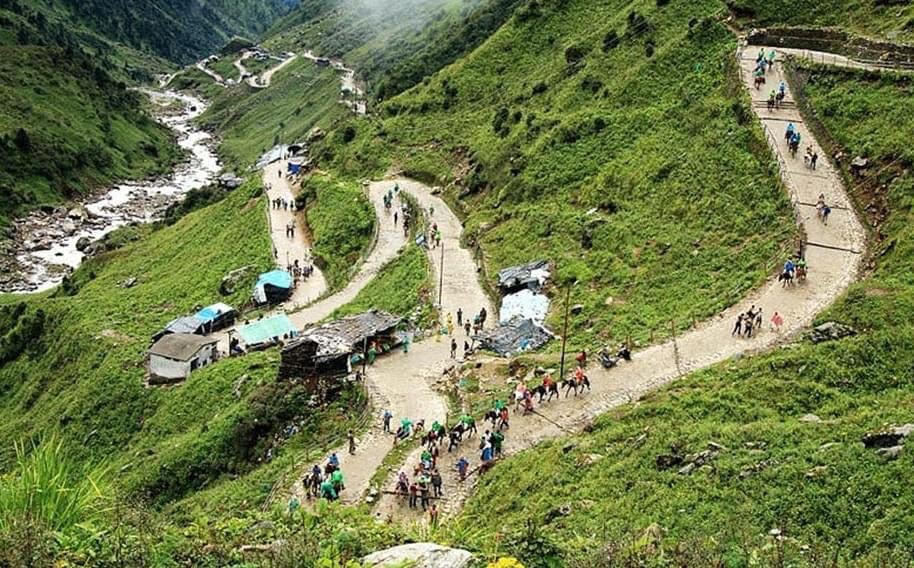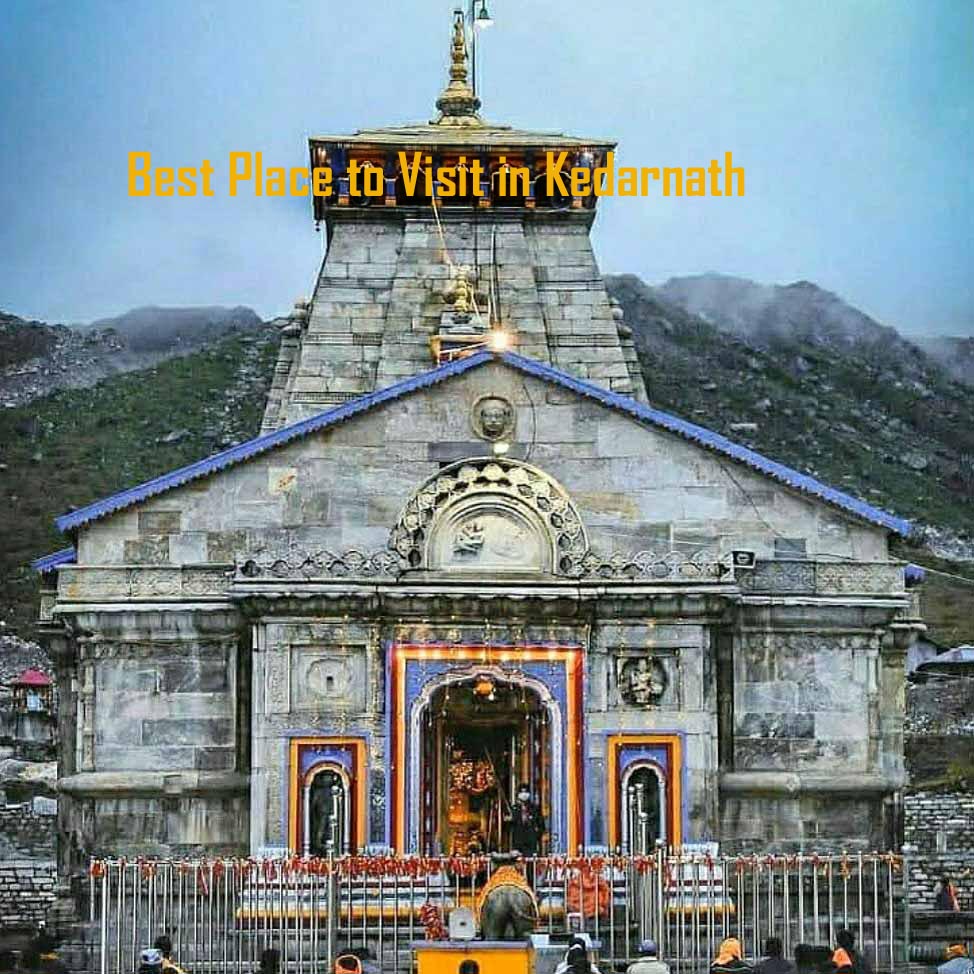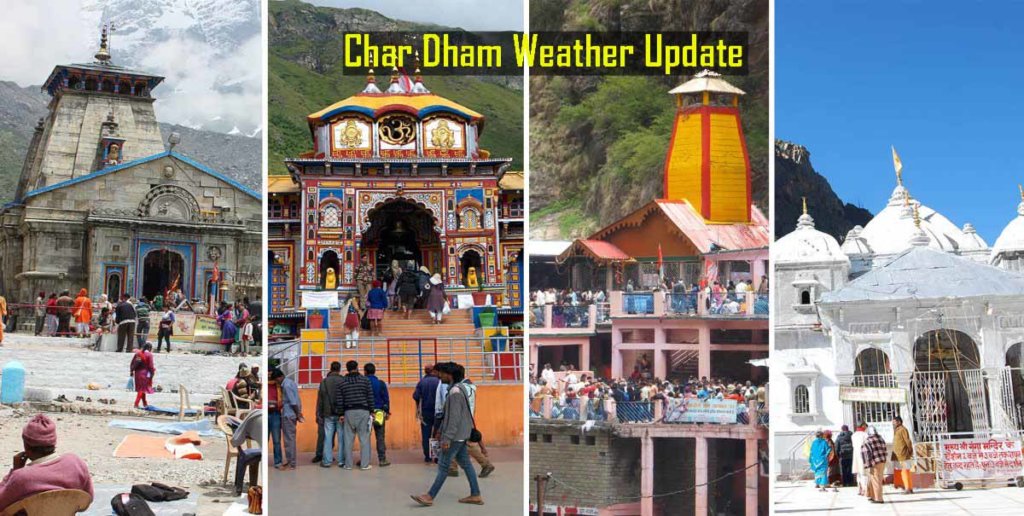In January to May, Kedarnath gets really, really cold. The temperatures drop a lot, with the lowest around -18°C and the highest reaching just -4°C. The whole place is usually covered in snow during this time, making it super chilly all day long. If you’re planning to visit, you need to bundle up in warm clothes because it’s seriously cold. Think heavy jackets, warm hats, and anything else that will keep you cozy.
Latested Char Dham Update
Sankri is a picturesque village located in the Uttarkashi district of the Indian state of Uttarakhand. It serves as a
Guide to Booking Kedarnath Helicopter Tickets (2005)
For a smooth booking experience of helicopter services to Shri Kedarnath Dham Yatra in
Kedarnath Temple, a revered pilgrimage site and one of the Chardhams, attracts lakhs of pilgrims annually. Situated on the banks
Welcome to Kedarnath, a sacred destination nestled in the heart of Uttarakhand. Explore the enchanting beauty and spiritual significance of
Kedarnath Weather: A Seasonal Guide
Discover the diverse weather conditions in Kedarnath throughout the year, from the chilly winters to the vibrant summers and the challenging monsoons. Char Dham Weather Update
1. Winter in Kedarnath:
Embrace the enchanting winter wonderland in Kedarnath from September to November. The town transforms into a snowy haven with temperatures plummeting below freezing. Snowfall blankets the landscape, creating a serene atmosphere. During this season, the revered Kedarnath temple is typically closed for visitors due to the challenging weather conditions.
2. Summer Charms (April to June):
As winter bids adieu, Kedarnath awakens to a more temperate climate. April to June brings a respite from the cold, offering a pleasant environment for pilgrims and tourists. Daytime temperatures range from mild to warm, revealing the scenic beauty of the surrounding mountains as the snow begins to melt.
3. Monsoon Adventures (July to August):
The monsoon season in Kedarnath, spanning July to August, presents a different challenge. Heavy rainfall can be expected, potentially leading to landslides and trekking difficulties. Pilgrimages during this period may be hindered by natural hazards. It’s advisable to stay informed about the current weather forecast and road conditions for a safe journey.
Planning Your Visit:
When planning your visit to Kedarnath, keep these seasonal variations in mind. For a serene winter experience, consider the snow-covered landscapes. If you prefer milder weather, the summer months provide a comfortable climate. However, exercise caution during the monsoon season, and plan accordingly to ensure a safe and enjoyable pilgrimage.
Stay updated with the latest weather forecasts and travel advisories to make the most of your Kedarnath experience. Whether you seek the tranquility of winter, the vibrancy of summer, or the adventure of monsoons, Kedarnath welcomes you with its diverse and awe-inspiring weather.
Package of Char Dham Yatra
Get up to 20% off on Char Dham Yatra packages
